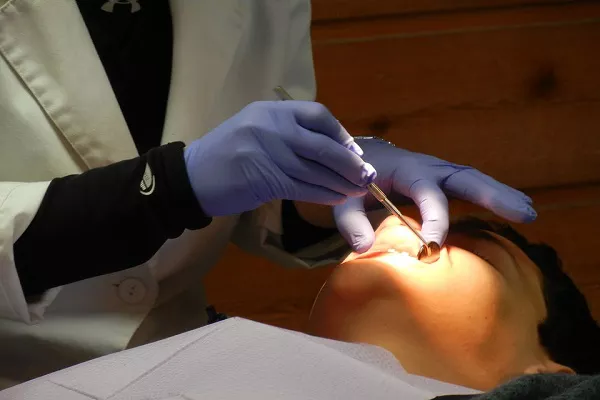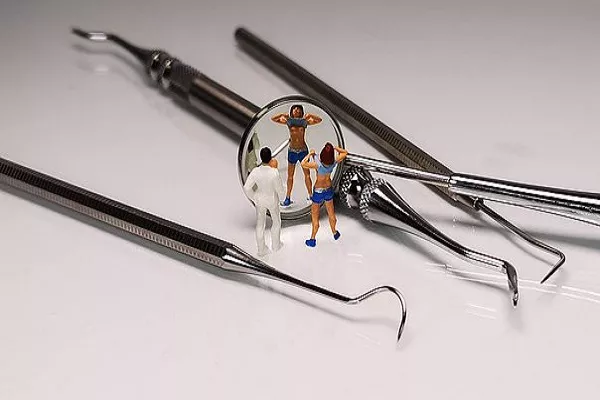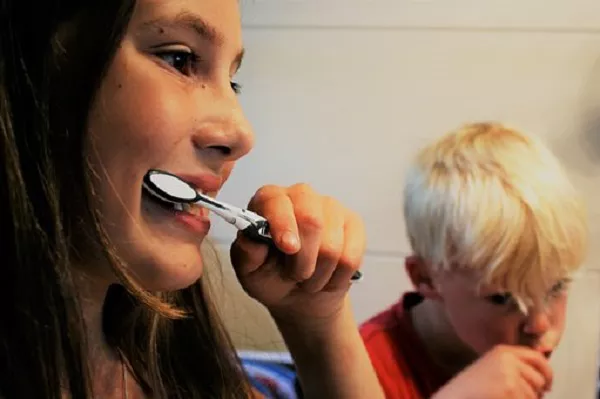Preventive orthodontics is a type of orthodontic treatment that aims to prevent dental and orthodontic problems before they develop. This approach focuses on early intervention and proactive measures to promote oral health and prevent the need for more extensive orthodontic treatment in the future.
According to various web articles, preventive orthodontics can involve a range of interventions, including the use of appliances such as braces or retainers to guide the growth and development of the teeth and jaw. This approach can help prevent issues such as crowding, malocclusions, and bite problems before they become more severe and require more extensive treatment.
In addition to the use of appliances, preventive orthodontics can also include education and counseling to promote good oral hygiene habits and healthy lifestyle choices. This can include recommendations for proper brushing and flossing techniques, as well as advice on diet and nutrition to support healthy teeth and gums.
One of the primary benefits of preventive orthodontics is that it can help minimize the need for more extensive and costly orthodontic treatment in the future. By addressing potential issues early on, preventive orthodontics can help reduce the need for extractions, surgeries, and other more invasive interventions.
It is important to discuss all options and potential risks with an orthodontist to determine if preventive orthodontics is the right choice for your individual needs. While this approach can help prevent dental and orthodontic problems, it may not be appropriate for every patient.
In conclusion, preventive orthodontics is a type of orthodontic treatment that aims to prevent dental and orthodontic problems before they develop. This approach can involve the use of appliances, education and counseling, and other interventions to promote good oral health and prevent the need for more extensive treatment in the future. While preventive orthodontics can be an effective way to maintain good oral health, it is important to discuss all options and potential risks with an orthodontist
































